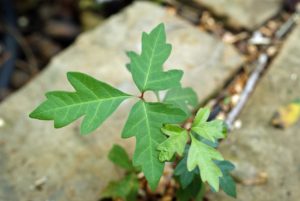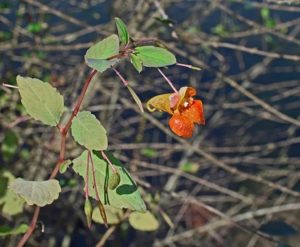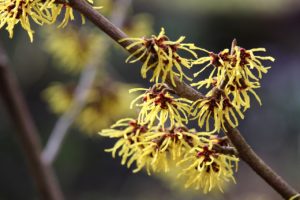Fun folk remedies for poison ivy
Have you ever cut yourself on bramble walking through the woods? How about grazed your ankles of some poison ivy? Or fallen down and scraped your knee? These little accidents happen to all of us at some point in our lives whether we like it or not. And if you have children, or enjoy getting outside to be in nature, odds are they happen much more often!
Did you know that there are all sorts of fun folk remedies that actually work to help ease the pain and/or irritation from these booboos? Our grandparents, great grandparents and beyond counted on plants in their day to day lives to help with all sorts of ailments. It’s easy to brush off what our ancestors did in favor of store bought products, but sometimes they are made with pretty sketchy ingredients. And sometimes we are just in a pinch and need something quick to help that can be easily gotten from our kitchen cupboard or even our own backyards!
These time honored and tested remedies are fun! Impress your friends (or weird them out, bonus!!!) with your newfound knowledge of simple folk medicine. Here I will focus on what to do when you encounter poison ivy and poison oak.
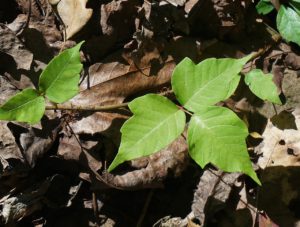
Poison Ivy has three leaves (leaves of three, leave it be) which can be glossy and purple in color in its younger stages of life. The leaves are pointed and smooth but usually some interesting combination of both. That’s actually a good way to tell if you are looking at poison ivy! It can sometimes have slight variations on the leaves opposite of it. It also has greenish and white berries that fruit in the late spring.
Poison Oak looks similar to poison ivy but the leaves look closer to that of oak tree leaves. The edges are smooth and rounded in a wave like pattern, also called lobed. The tips of poison ivy are pointed while the tips of poison oak are rounded.
The very first thing you should do and as quickly as possible is to wash yourself thoroughly with cold water and soap. Strong lye soap works best but really any soap will do. Urushiol is the oil that causes the skin to itch and become inflamed. The lye in soap helps wash off the urushiol before it sinks deeper into your skin. This is why it is important to wash a.s.a.p.
One of the most impressive plants out there for both poison ivy and oak is called jewelweed (Impatiens capensis). Jewelweed is a beautiful water loving plant often found near creeks, rivers and in the woods. It’s also known to grow around…..you guess it…..poison ivy! The offender and the defender residing side by side!
Two of the best ways to use this plant is to cut the stem and put the fresh juice directly on top of the affected area. Another very handy way (my favorite) it to make a strong tea out of it and then put the tea in ice cube trays and pop it in the freezer. This remedy will last up to a year and is super convenient.
Apple cider Vinegar is another classic cupboard remedy that is used to sooth the urge to itch your skin. It works only temporarily but something is everything when you have the poison ivy itch! Take ¼ C vinegar and dilute it with 1 C cold water and the dip a rag in the vinegar and place on afflicted area. Use as much as needed.
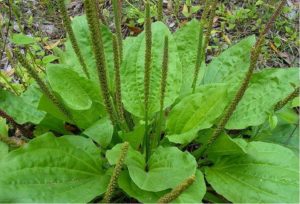
Oatmeal is heavily depended on even by the most esteemed dermatologists for its ability to calm and sooth red, irritated and rashy skin. Tie up a cupful of oatmeal in a piece of muslin cloth and keep it in a bowl of water. The oatmeal will absorb the water 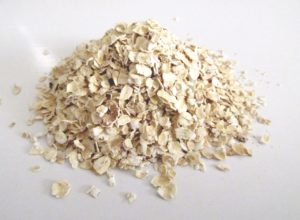
Witch hazel extract distilled from (Hamamelis virginiana) is an effective herbal remedy for poison ivy. When applied topically, it reduces itching and inflammation, and promotes the healing of blisters. It is safe to use in young children.
The list goes on here folks! Try cucumber, water melon, baking soda, goldenseal, aloe vera and honey! Just remember to keep it clean, get it washed ASAP and focus on preventing blisters and spreading the urushiol! I hope these fun and informative tips not only help you avoid coming in contact with poison ivy and poison oak but also help give you relief if you do!

